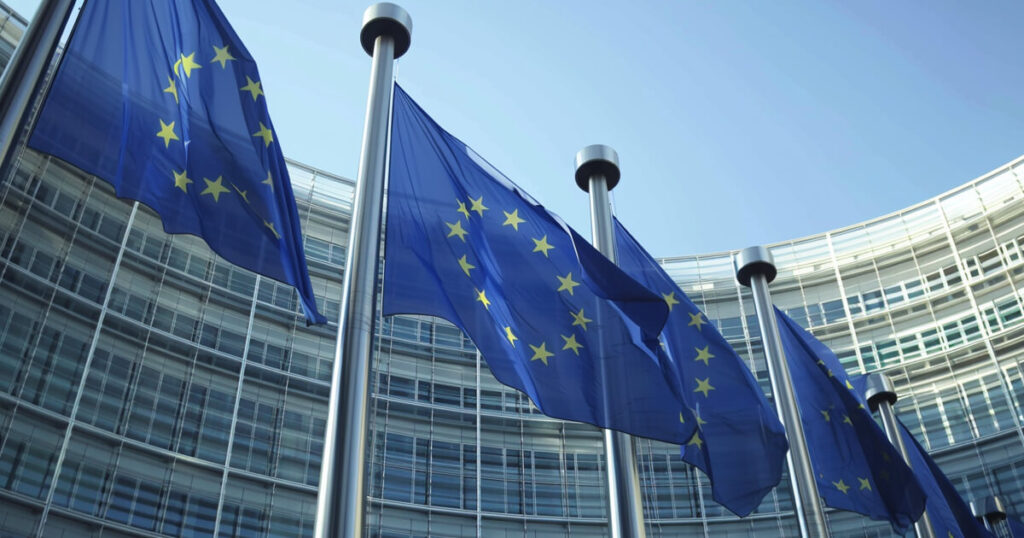The European Union is on the brink of a major shift in its approach to foreign-issued stablecoins, with reports indicating that US dollar-backed tokens like USDC and USDT may soon be allowed to circulate freely within the bloc. This potential relaxation of regulations comes as the European Commission prepares to issue formal guidance that would treat stablecoins issued outside the EU as equivalent to those registered within the union.
This move is seen as a significant step towards removing a key regulatory barrier that has limited the reach of dollar-backed stablecoins in Europe’s financial markets. Despite concerns raised by the European Central Bank about the risks posed by foreign stablecoins, the Commission appears determined to forge ahead with its plans.
Under the current EU regulations, stablecoin issuers are required to hold a majority of their reserves in EU-based banks and ensure euro-denominated redemption rights. However, the proposed changes would allow global issuers to circumvent these restrictions for versions of their tokens that are already operating under EU supervision.
The timing of this development is noteworthy, given the recent passage of the GENIUS Act in the US Senate, which establishes a national framework for stablecoin oversight. This has added pressure on other jurisdictions, including the EU, to adapt their regulatory frameworks to keep pace with the evolving landscape of digital assets.
While the European Central Bank has not publicly commented on the upcoming guidance, reports suggest that there is strong internal opposition to the proposed changes. To address these concerns, EU officials are said to be working on a compromise that would give national regulators more leeway in assessing the risks associated with foreign stablecoins.
If implemented, this new approach could have far-reaching implications for the role of US dollar-backed stablecoins in Europe. It would not only reinforce the dollar’s dominance in digital asset markets but also signal the EU’s commitment to remaining a competitive hub for cryptocurrency innovation.
Overall, the potential relaxation of regulations on foreign stablecoins in the EU represents a significant development in the ongoing evolution of the digital asset landscape. It will be interesting to see how this plays out in the coming months and what impact it will have on the broader cryptocurrency market.

